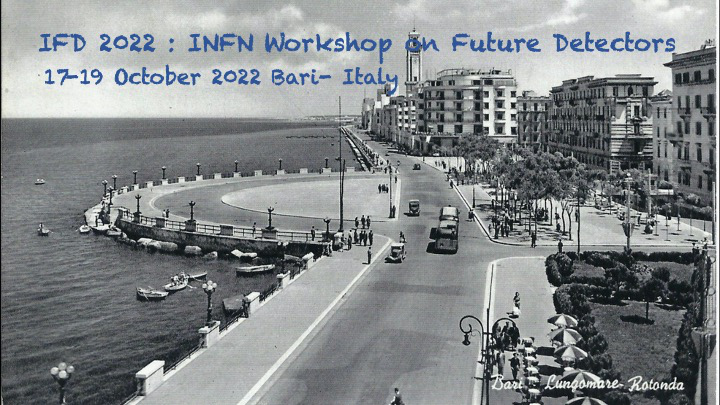Speaker
Description
The present generation of Micro-Pattern Gaseous Detectors (MPGDs) are radiation hard detectors,capable of dealing with rates of several MHz/cm2, while exhibiting good spatial resolution (≤ 50 μm) and modest time resolution of 5–10 ns, which satisfies the current generation of experiments (High Luminosity LHC upgrades) but is not sufficient for Future Collider detectors. The application of thin resistive films (e.g.Diamond Like Carbon - DLC) allowed for na hybrid detector concept: the Fast Timing MPGD (FTM). In the FTM the drift volume of the detector has been divided in several layers each with their own amplification structure. The use of resistive electrodes makes the entire structure transparent for electrical signals. After some first initial encouraging results, progress has been slowed down. Currently the production of such detector is limited by the quality of the base material (DLC and Cu depositions on kapton foil). In the recent years R&D has been concentrated on higher quality base material through alternative production techniques. We will compare results on the performance of the latest resistive and conductive foils. A major break-through is expected from in-house production of DLC foils at CERN through the common INFN-CERN magnetron sputtering deposition facility at CERN MPT workshop.

